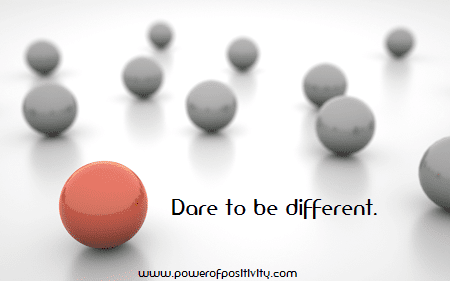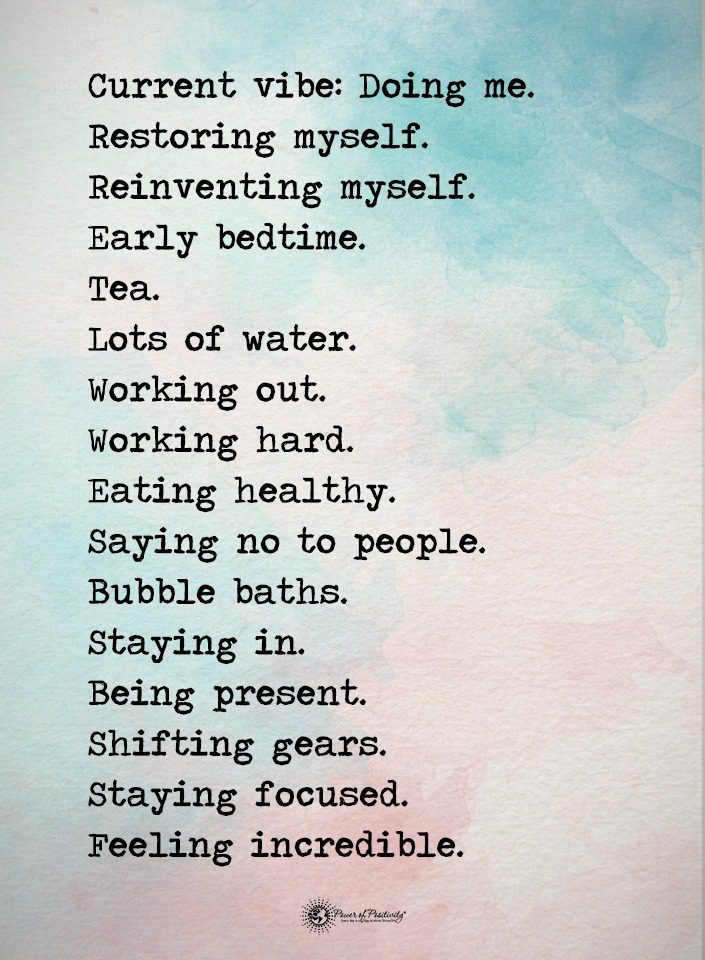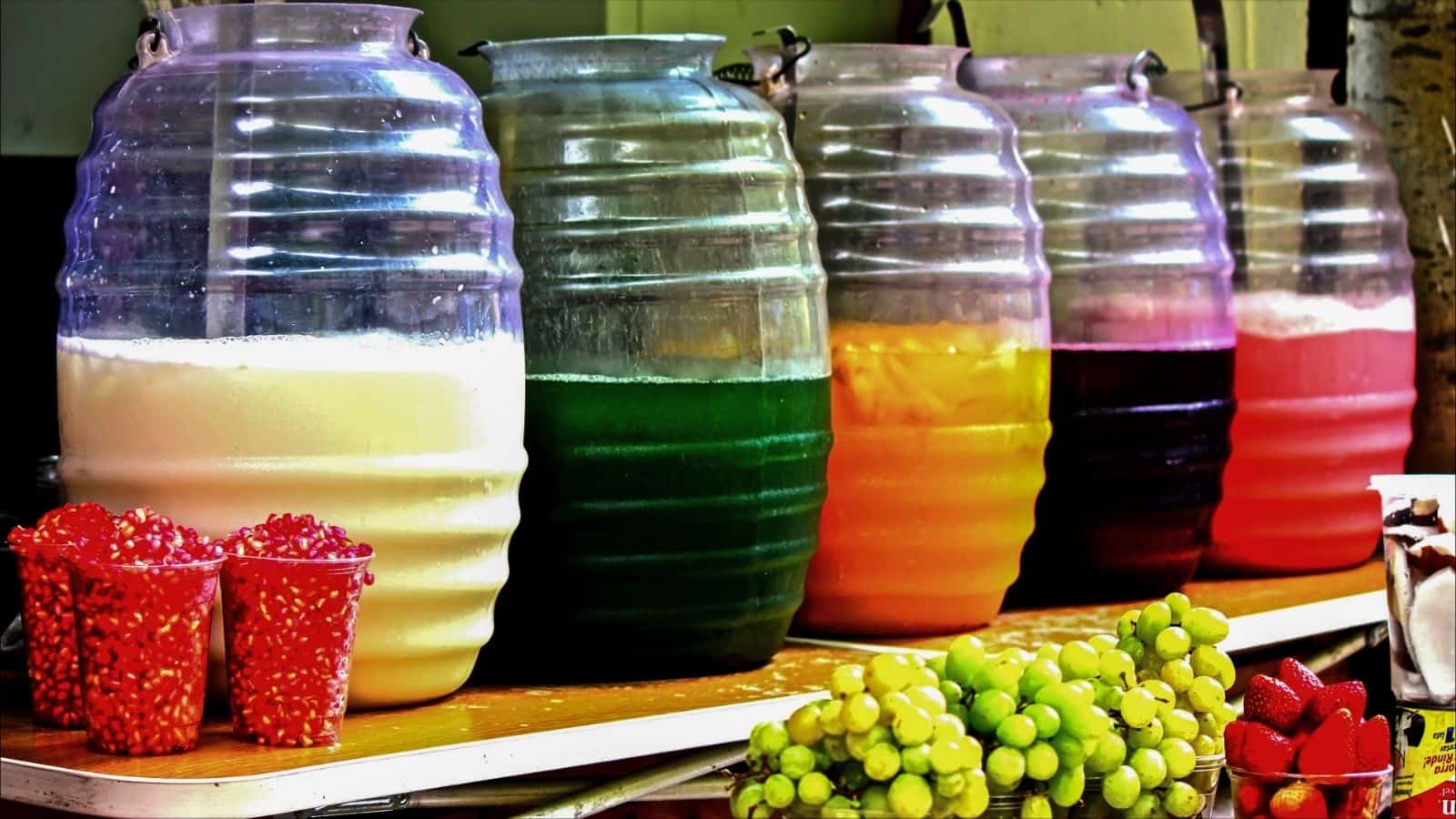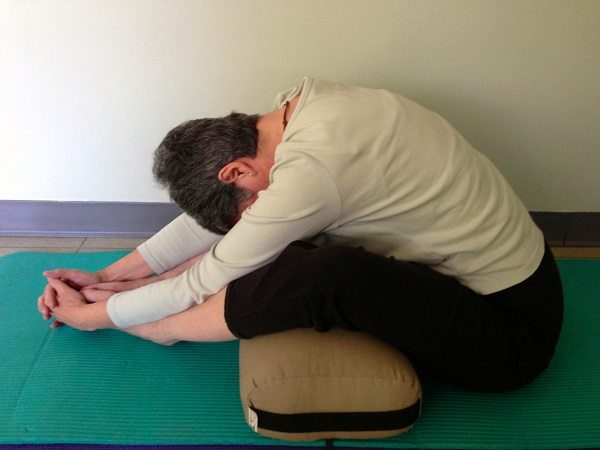It’s Namaste Thursday! Dr. Laurie Buchanan was happy to stop by and share one of everyone’s favorite restorative yoga poses, supported child’s pose. Read along and learn through Dr. Buchanan to relax, restore, and rejuvenate!
“The most important purpose of Yoga is to bring about a deep transformation of the individual–an awakening of intelligence that is free of dependencies and romantic beliefs and ready to meet the accelerating challanges of the 21st century.” ~ Ganga White
About Restorative Yoga
Restorative yoga is a beautiful style of yoga that’s both powerful and gentle. As mentioned in previous articles, this style of yoga is a term for poses done with the full support of bolsters, straps, blankets, or blocks—allowing the practitioner to comfortably sink into a pose that’s held for between 5 and 10 minutes so they can be completely relaxed, absorbed, and present.

Our body is the physical package we reside in during life’s sojourn. If we were told at birth that we’d have one vehicle—one vehicle only—to last our entire our lifetime, you can be certain that we’d take extra good care of it. Just like a vehicle, our body’s reliability and value is extended with care and preventive maintenance.
One of the best preventive and curative methods of self-health—body, mind, and spirit—is yoga. Not a religion or a replacement for your current spiritual path, yoga supplements whatever path you’re on. It teaches us to listen to our breath, which inherently leads us to listen with our heart.
In a world that places tremendous value on busy-ness, you might wonder how being still could possibly be beneficial? First of all, the “active stillness” of restorative yoga is a challenge, and who doesn’t love a good challenge? But more importantly, consistent yoga practice has transformative effects:
- Strengthens the physical body
- Focuses the mind
- Boosts serotonin level
- Decreases anxiety, depression, and fear
- Enhances sleep
- Boosts the immune system
- Balances blood sugar levels
- Releases muscle tension
- Staves off illness
- Slows the aging process
Supported Child’s Pose
This pose is like a refuge from life’s storms—a personal sanctuary that soothes frazzled nerves. Protective in nature, this forward-bending posture shields the vital energy centers of the body, providing us with the confidence to release and let go, even from a place of overwhelm.
Here’s how it’s done:
- Slowly lower yourself so that both knees are on your yoga mat a little wider than your hips (if you need more padding, place a folded blanket beneath your knees). Your shins should be flat on the mat with your feet behind you, soles facing the ceiling.
- Sit on your heels.
- Place a bolster (pillow, couch cushion, or rolled blanket) lengthwise between your thighs; exhale and lay forward onto the bolster, turning your head sideways and let the bolster support the full weight of your head.
- Allow your arms to relax to the ground, reaching forward a bit.
- Close your eyes and focus on your breath. As humans, we breathe approximately 22,000 times each day. Allow this pose to help you find a deep connection with each breath.
- Halfway through the pose, turn your head the other way so that your neck receives an even stretch.
Modifications
• If you want more height in the forward bend, use two bolsters—stacked—one between your thighs, the other staggered toward you so it’s just under your belly (or more blankets and pillows).
• If your feet or ankles are uncomfortable or cramp, roll a towel or small blanket and place it under your ankles.
One of my favorite restorative asanas, I love how I feel when I melt into supported child’s pose and mentally affirm, “I draw from my inner strength and light.”












